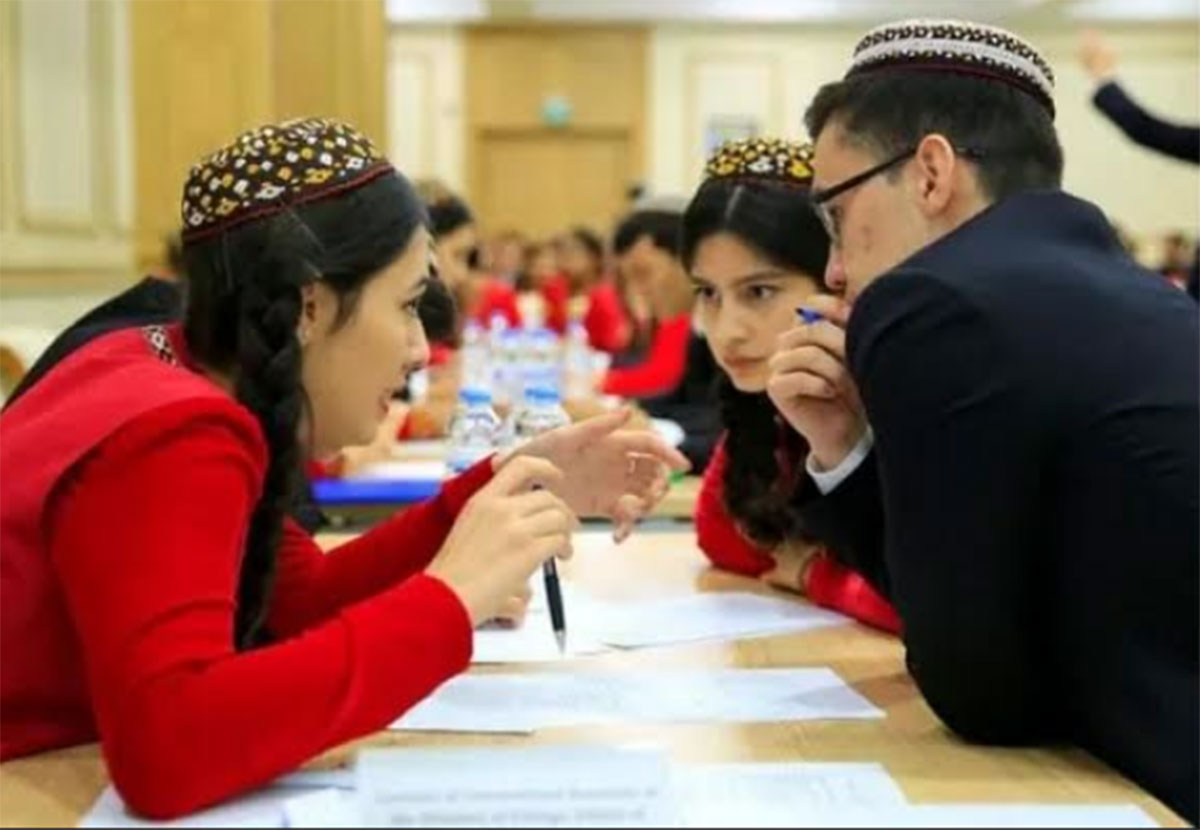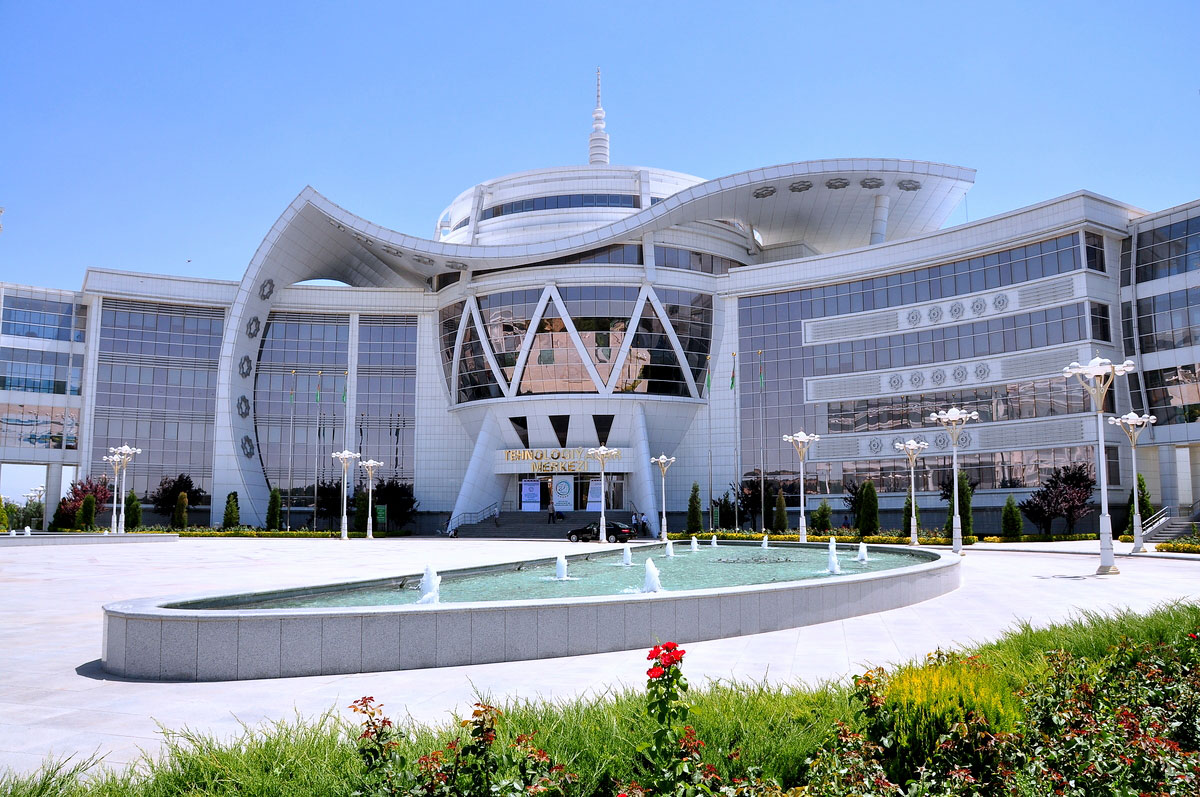Anyone who has ever been to Koytendag will forever remember the wonderful murmur of mountain rivers and streams in the gorges and valleys of this mountainous region, the wonderful taste of water, the freshness of the air around them, the richness of greenery, the uniqueness and beauty of the surrounding nature.
The inhabitants of the mountains from time immemorial surround natural springs with special reverence and worship, for them every spring, regardless of its condition, is a holy place. Here, as the poet said in a heartfelt way, "legends and dreams live under the vaults of caves, a spring hides secrets under a frozen fairy tale made of stone."
These lines are perceived as a poetic foresight of a meeting with an amazing source of water in the Kyrkgyz gorge. Not far from the stone grotto, fanned by the folk legend about the miraculous rescue of forty girls, a spring flows out of the stone wall, resembling a regular bowl. People believe that mountain springs keep the pages of the history of mankind, and in the murmur of water one can hear the echo of the past, when springs were the true sources of life. They are also called "sources" or "keys".
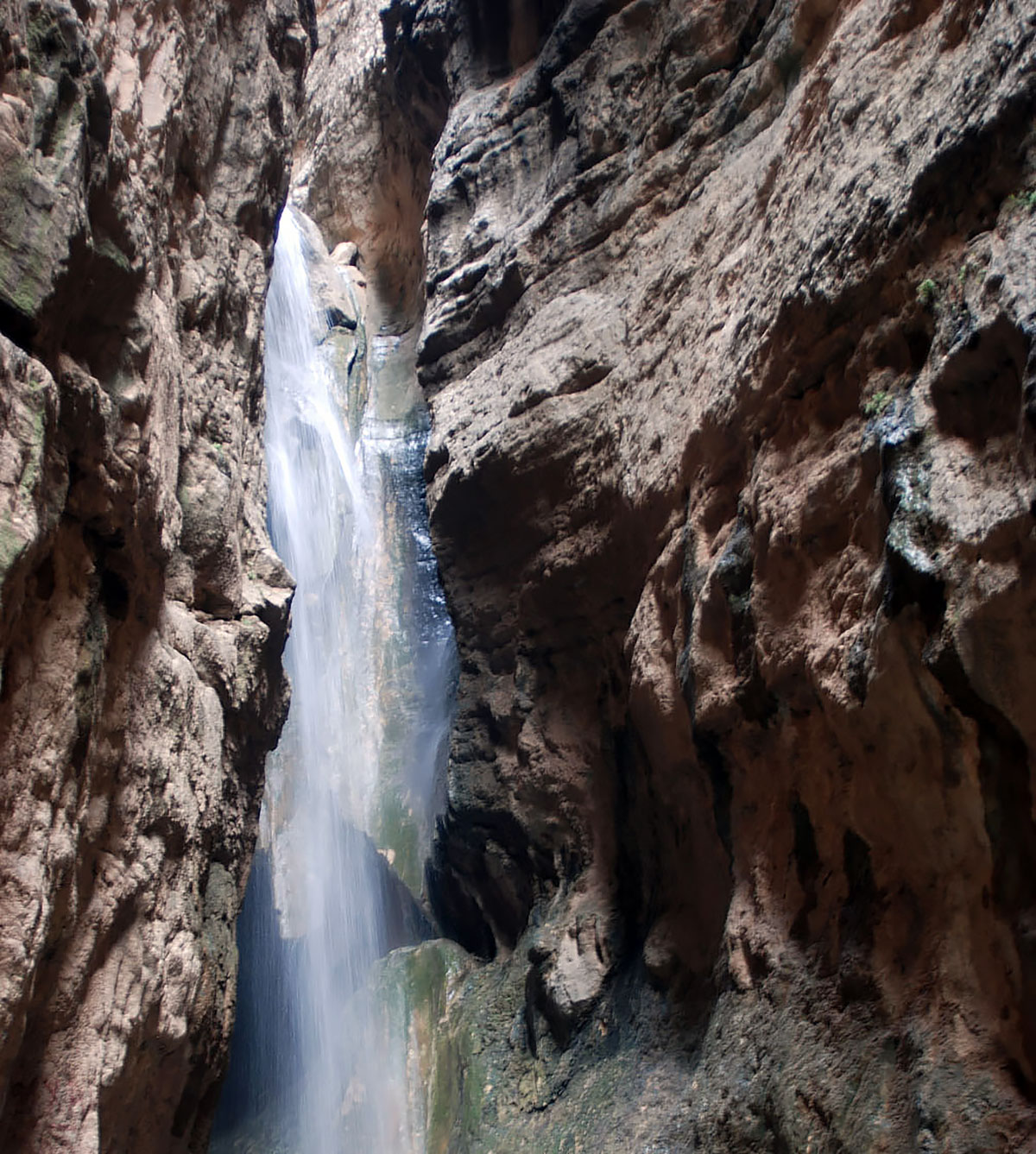
Some springs gave rise to the Koytenderya River, which flows through a fertile valley. Others - starting their vigorous activity during the melting of snow on the peaks of Koytendag - in March - mid June or July - dry up when the snow cap on the mountain disappears.
Indeed, due to the baldness of the mountains and climate change due to human fault, it is not everywhere now that you can hear the characteristic noise of a rivulet or waterfall running down from the mountains. Some springs dried up, others, such as Aksu, Umbar-dere, became seasonal, although this did not exhaust their attractive power and local residents still venerate them as holy places.
For example, the Aksu spring, flowing from a crevice in the rocks near the village of Koyten and flowing into the Koyten Darju River, attracts residents and guests with a wonderful taste of water. Not a single traveler will ignore the waterfall in the narrow Umbardere gorge, especially if he is told the legend about the leader of the local tribes Umbara, who, in a tragic moment for his people, was able to perform here a heroic act that freed his fellow tribesmen from inevitable death.
The stream with the Summul waterfall, filling the Khojakaraul gorge with the noise of falling water, remains a witness of many events in the life of mountain settlements.
Despite climate change, most of the springs on Koytendag have survived and still serve people. So, from small springs, popularly known as Bash Bulak and Murze Bedil Ata in the Khojapil tract, large water begins - the main waterway of the foothill valley - the Koytenderya River, once the right tributary of the Amu Darya. To become a river, it still has to collect water on its way from many small and large springs flowing from the mountains, and then distribute all the natural moisture to the fields cultivated in the valley.
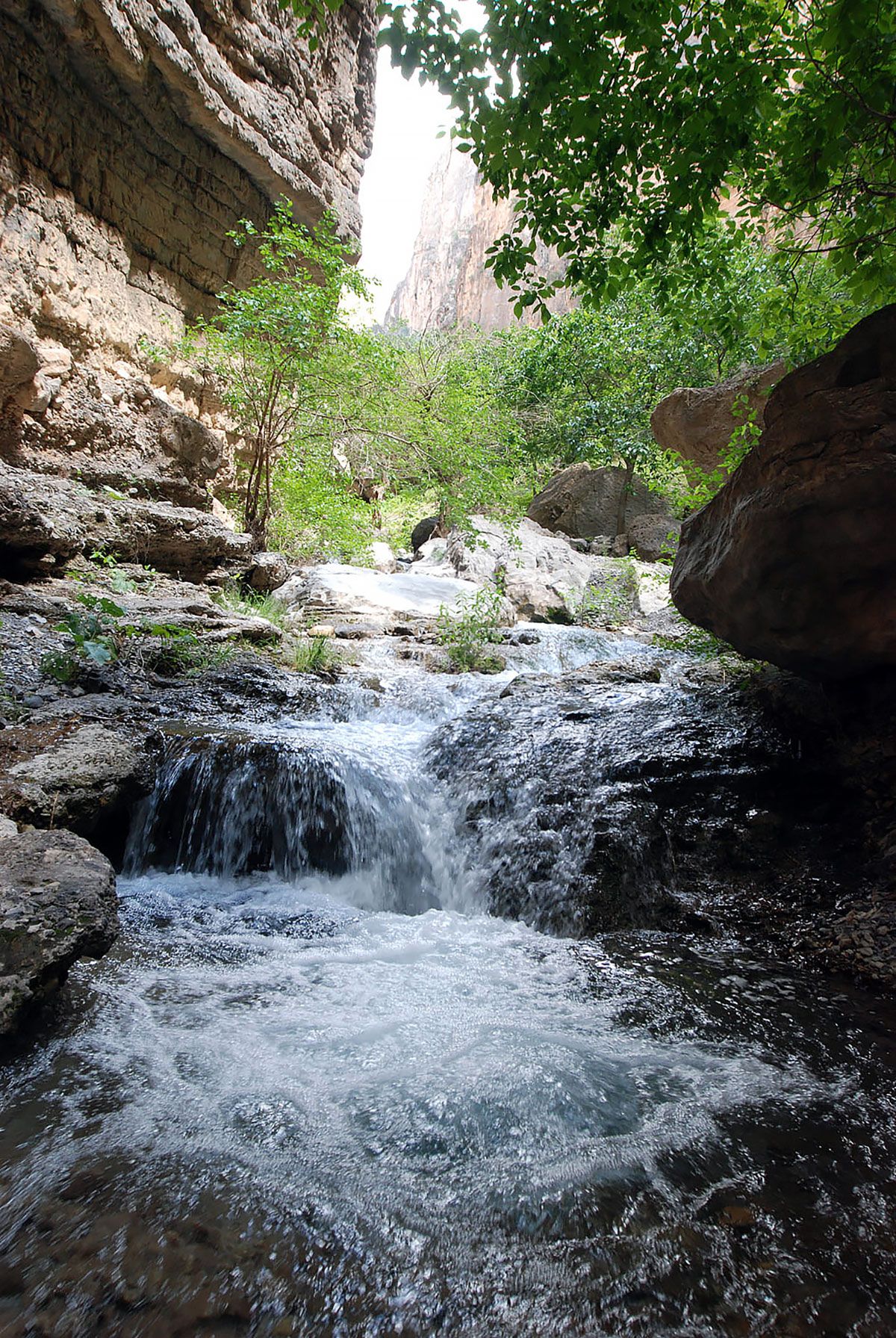
Starting at an altitude of about three thousand meters, the Daray Dere gorge smoothly descends straight into the valley. The deepest stream in this mountainous region rushes along the gravelly bottom of the gorge. He runs two-thirds of the gorge, forming ten large and small waterfalls, and then suddenly disappears. The locals knew how to curb the wayward river. They smeared the crushed stone bed with red clay, so much so that it did not let moisture into the ground, and the river calmly left the gorge in order to further serve for the benefit of people.
Above the village of Gurshun Magdanly (Lead Mine), located at the foot of the Koytendag, high on the slope of the mountains, an orchard blooms in spring. The idea to create a garden here and to ensure its watering from a spring originated with a resident of the village of Shadman Shiraliyev in the early 90s. The garden needed a lot of irrigation water, and at the beginning of the gorge called Kata-kamov, at an altitude of more than 2000 meters, there was a spring. They were capturing it - they enclosed the source of drinking water in pipes - and brought it into the garden. If you climb the mountain path to a height of more than one and a half thousand meters now, you will find yourself in front of the entrance to the paradise. More than 2,000 fruit trees now grow in the garden. Wild juniper, carcass, Turkmen maple, almonds give a thick shadow.
There are other attractive springs of crystal clear water in the valley. Unabi grove is a unique natural monument. Among the Koytendag people, this grove is known as a sacred place - "Chilon-ata". Even in the summer heat it is cool under the trees, as their dense crowns hardly let the sun's rays through, and in the center of the grove a spring with crystal clear water flows. Not far from this source is another, healing one with the content of hydrogen sulphide. It is in it that the local population is treated for skin diseases.
Next to the grove there is another spring, known as Gul-gul, which feeds the village of Koyten with clean water, and opposite the unabi grove, a spring gushes out of the ground, which has formed a reservoir at its source - Aygyr Kel. This spring enjoys special attention of the residents of the village of Gurshun Magdanly, and is protected by them, since it is he who supplies drinking water not only to the settlement, but also to the enterprise that is engaged in bottling drinking water.
The same springs, located in the central part of the foothill valley, completely fill the bowl of Lake Kete-kol in winter, which in summer and autumn serves as a huge reservoir for irrigating farmland.
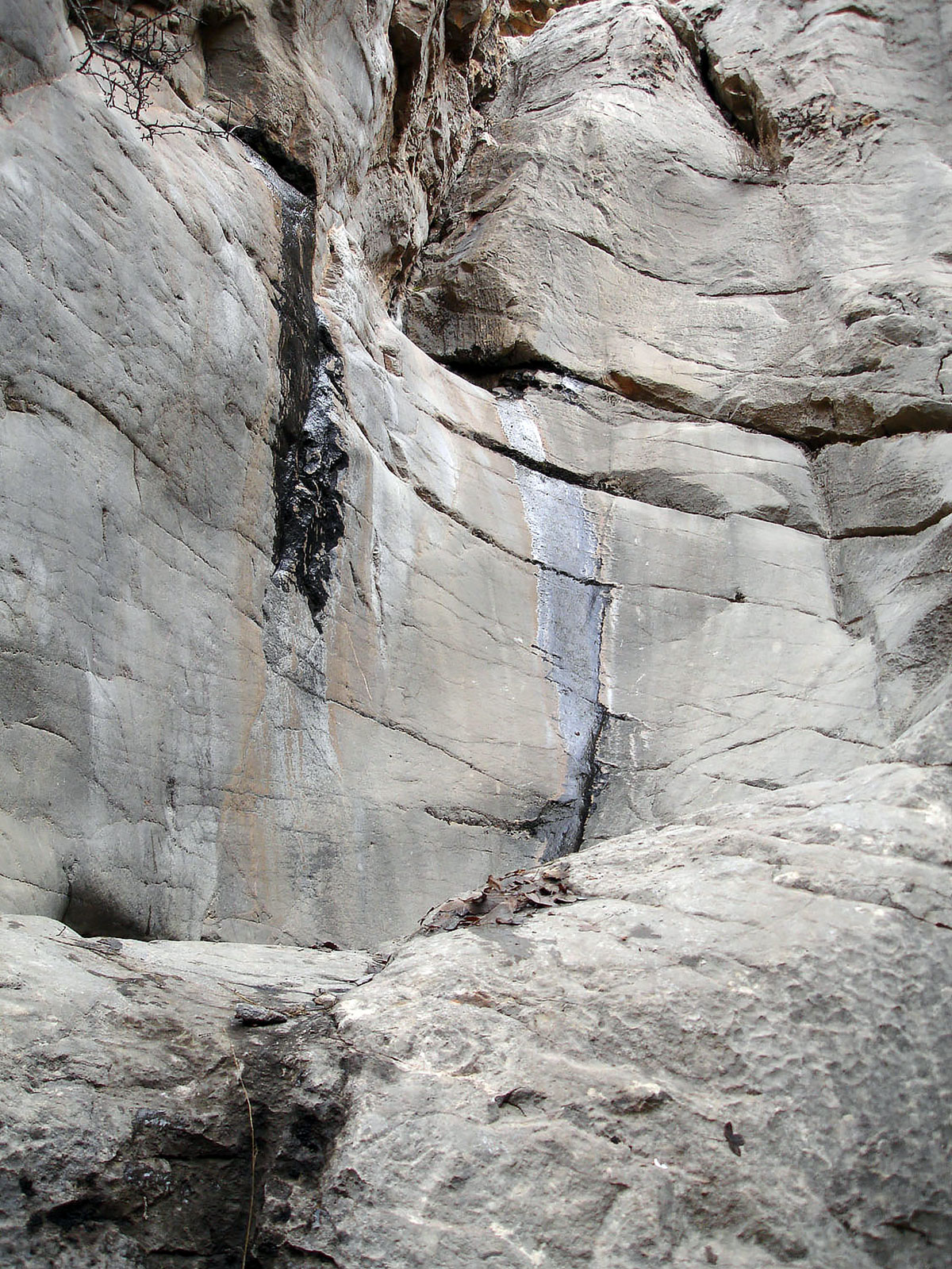
Another lake of the foothills - Gaynar-baba - the focus of unsolved mysteries and real miracles that have won him wide popularity - is located at the foot of the hills, not far from the village of Garlyk. The water temperature in the spring that feeds the lake remains unchanged at around 22 ° C. The healing properties of the Gaynar Baba springs are explained by the significant content of useful minerals and trace elements in the chemical composition of its water, including hydrogen sulfide.
There are several kilometers east of the village of Garlyk and other springs - Khoja-bulak and Dzharma-bulak, in the gorge of the same name - Bulak-dere, even further - Ab-dere, Chinjir, which provides drinking water to the village of Kundzhik and a cement plant built here.
On Koytendag there are many sacred (sacred, cult) natural objects, which are usually understood as characteristic, popularly revered elements of the landscape, which include natural sources of water, lakes, rivers, waterfalls. These sources have been preserved for centuries and serve as examples of careful and spiritual man's relationship to nature.
Prepared by Vladimir Komarov




